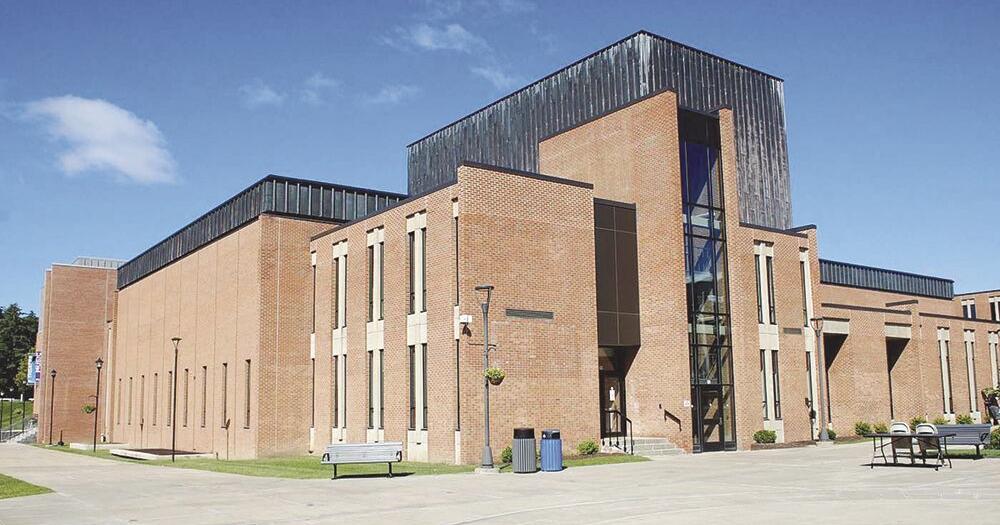Little did those five students realize, who enrolled in a new course called “Music in the Marketplace” at what was then the State University College at Oneonta in 1983, that they’d be trailblazers.
One simple course, with no advertising, just to try it out, gradually grew into what is today’s very popular and successful Music Industry program at the university.
Dr. Janet Nepkie, now a distinguished service professor, taught this new course she developed, and has taught it many years since. While it had a humble start, the Music Industry program didn’t bolt out of the starting gate from there. It had to crawl before it walked.
Janet Nepkie was hired several years earlier in the Music Department as their cellist, to teach lower strings. She also taught courses in music literature and music theory. She soon grew to find that people in the department worked hard and got along well with one another. Enrollment in classes was growing. Music in the Marketplace debuted around this time.
A little more than 10 years after she started, Nepkie became the Music Department chair, for one year. She had some ideas for the department, but needed to figure out how to make them work. She was actively involved in the college’s Faculty Senate, and this allowed her to see how the college administration worked.
“Finally understanding how things work, I decided to start a new academic program, because just having more students wasn’t enough,” Nepkie said. “We needed more majors, and I considered several. So I finally though about a Music Industry degree, and at the time I assumed that I knew about the music industry, as a freelancer, but not so much about the commercial music industry. I began to go to conferences, and as many places as I could find to meet professionals in the business.”
Professionals in the industry saw how involved and serious Nepkie was about developing this major.
“We had a guest lecturers frequently,” Nepkie said. “I had Sid Bernstein, the manager who brought the Beatles to this country, I had vice presidents of record companies, I had the manager of a heavy metal band. They drove here at no cost, and they lectured at no cost, because I was genuinely interested in what they did and because I asked them. They’re just good people. I know the music industry has a mixed reputation but all of my experiences has been extraordinarily positive.”
Knowing Oneonta’s administration and her tireless work to learn about the music industry, Nepkie wanted to make the move for the program to be recognized by the SUNY system, a requirement for any major. While an Oneonta college administrator discouraged her from approaching SUNY, she did anyway. Nepkie said the SUNY system administration and the State Education Department were helpful in guiding her through the process.
Finally, as the Daily Star of May 9, 1995 reported, “One of the fastest growing and most career oriented academic programs at…Oneonta is now a full-fledged major.”
The program combines required coursework in music industry, music theory, music literature and music performance, with studies in economics, business and speech communication. An internship, generally about 12 weeks, is required of all music industry students.
The are SUNY Oneonta graduates at several record companies, ASCAP, BMI, SONY, and one who is a business manager for the Dave Matthews Band, just to name a few.
While it may have been 40 years since Music in the Marketplace began, Nepkie views the next 40 years for the major to be promising.
“Music is near the center of every person’s life, and although it’s a cliché, it’s true, music is an international language,” she said. “You can communicate without saying words. This major should, and I believe it will, expand. It has already reached out into the entertainment industry. We present Music Industry as part of the larger entertainment industry. Further, it’s very difficult to think of 10 minutes in anyone’s day, when music isn’t involved. People have their headphones, people listen in their cars, so when you have a product that everyone loves and while the genres may change, the basic elemental heartfelt need for music — that’s not going to change.”
This weekend, a look at Oneonta’s life and times in September 1928.
